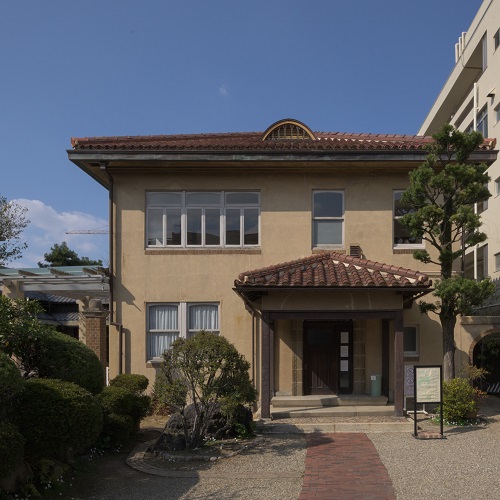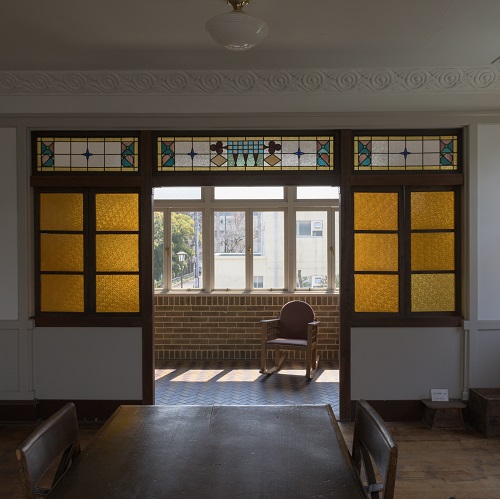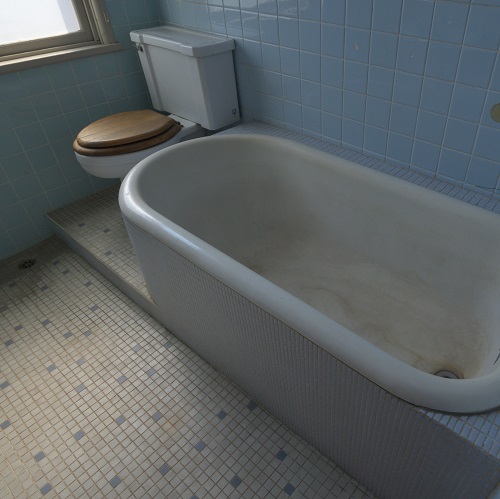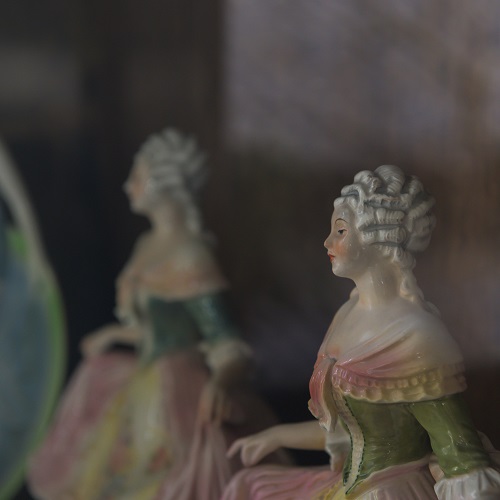
文化のみち橦木館の紹介動画
2020/06/19
文化のみち橦木館(しゅもくかん)
~~ 旧 井元 為三郎邸 ~~
文化のみち橦木館(しゅもくかん)(旧井元 為三郎邸)
愛知県名古屋市東区橦木町2丁目18番地
名古屋市指定有形文化財(1996)
名古屋市指定景観重要建造物(2008)
この建物は陶磁器商として活躍した井元為三郎(いもと ためさぶろう,1874-1945)が、大正末期から昭和初期に建てた当時の様子をよく伝える邸宅です。武家屋敷の名残のある大きな敷地に和館、洋館、東西二棟の蔵、茶室、庭園が残されています。1996年に名古屋市有形文化財、2008年に名古屋市が景観重要建造物に指定しました。
この地域は、江戸時代は武家屋敷が広がっていましたが、明治になると陶磁器の絵付け・加工業者などが集まるようになり、橦木館は商談にも使用されました。
1996年に市民グループが借り橦木館の名前が付けられるとともに、各種イベントが行われるようになりました。2006年度末に名古屋市が土地・建物を取得し、2009年に新たにオープンしました。
Cultural Path Shumokukan(Former Imoto Tamesaburo Residence)
2-18, Shumoku -cho, Higashi-ku, Nagoya, Aichi
Tangible cultural property designated by Nagoya City (1996)
Nagoya city designated landscape important building (2008)
This building is a mansion that conveys the state of the time when Imoto Tamesaburo (1874-1945), who was active as a porcelain dealer, built it from the end of the Taisho era to the early Showa era.A Japanese-style building, a Western-style building, two east and west warehouses, a tea house, and a garden are left on the large site of the samurai residence. In 1996, it was designated as a tangible cultural property of Nagoya City, and in 2008, it was designated as a landscape important building.
In this area, samurai residences were widespread in the Edo period, but in the Meiji era, painters and processors of ceramics began to gather, and Shumokukan was used for business negotiations on exported ceramics. In 1996, a group of citizens gave the name of Shumokukan, and various events began to take place. At 2007, Nagoya City acquired the land and building and opened it in 2009.












